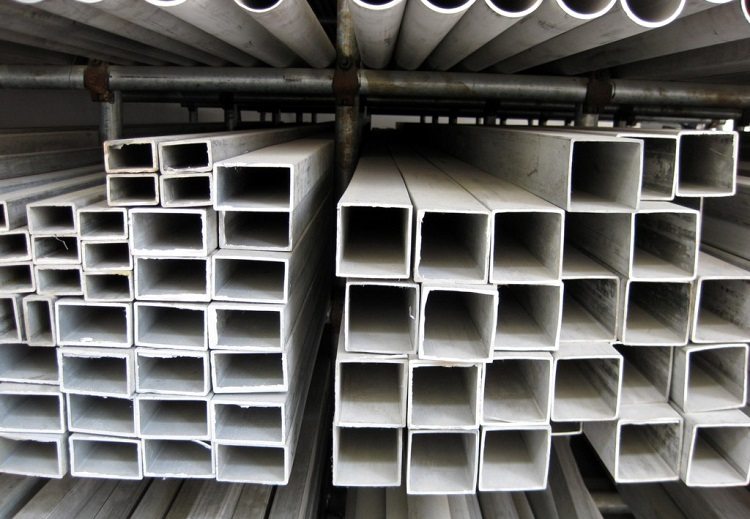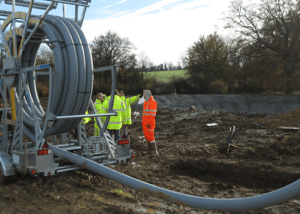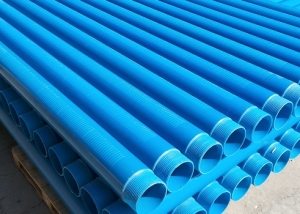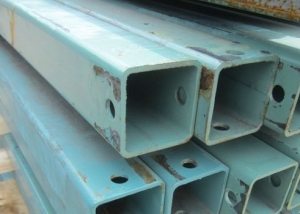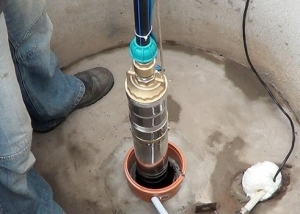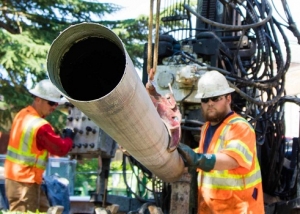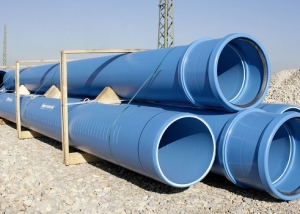It is difficult to imagine modern construction and many industries without such a variety of metal products as profile pipes. Many types of profile products are produced: there are various materials and manufacturing methods, section shapes and wall thickness. The range and purpose of specialized products are regulated by regulatory documents. Having studied their positions, you can much faster understand the whole variety of profiles.
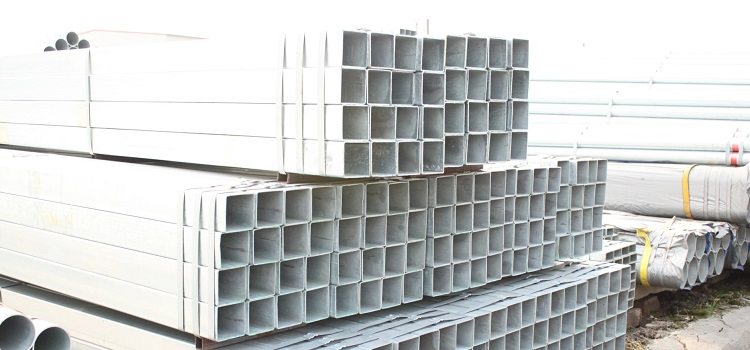
Profile pipes come in a wide variety of cross-sections, but square, rectangular and oval products are most common.
Content
Profile pipe: what is it for and what is it for?
Along with round pipes, the profile pipe is considered one of the best-selling metal products. These products are not suitable for pipelines for supplying water or other media, but they proved to be the best as frame bases. In construction, square or rectangular section shapes are a more economical alternative to a wooden beam or reinforced reinforced concrete beams.
The main parameter for the classification of this type of pipe is their section. The most common will be such types of steel profile pipe:
- rectangular profile;
- square;
- flat oval;
- oval:
- Hex
- triangular.
If profiles with right angles are used literally everywhere, oval and flat oval are used to a slightly lesser extent, then products with a non-standard section shape can be found on sale much less often. Basically, hexagonal, triangular and other rare types of profile pipes are produced under an individual order. But whatever the shape of the cross section, all profile pipes have the following advantages:
- increased strength. The profile pipe in the frame withstands the same load as a bar of a similar size. The hollow space inside the product does not affect the strength of the structure, but significantly reduces its cost and weight;
- ease. There is no need to make profiles especially thick-walled: even products with small or medium wall thickness will withstand load;
- ease of transportation. When transporting, profile pipes take up much less space than round metal. Accordingly, their delivery will be cheaper;
- reasonable cost. Profile pipe does not require large manufacturing costs, so the prices for this type of rolled products remain quite low.

Profile pipes are the basis for a wide variety of designs - temporary, load-bearing, decorative and others
Profile pipes: manufacturing methods
As for factory production, there will be only two methods of production:
- the basis for the manufacture is a round pipe;
- full cycle production.
In the first case, the pipe is made by passing a round pipe through a machine with rollers. Both welded and seamless round pipes are profiled. Profile products produced by this method are considered less durable than pipes that have undergone a full production cycle.
Due to the low cost of equipment for the production of shaped pipes, cases of the appearance on the sale of square or rectangular profiles made in artisanal conditions are common. A machine with molding rollers allows you to produce a profile pipe, the blank for which will be a round electric-welded pipe. Moreover, at cost, such a product will come out much cheaper than certified branded products. The quality and durability of such products will be very doubtful.
Important! Garage production of shaped pipes for private use is an activity that does not have any legal restrictions. You can use such products to solve relatively simple tasks: building greenhouses or small hangars, awnings, garden furniture.
Full-cycle pipe tubes are made from strip - sheet metal supplied to the plant in rolls. The strip metal strip is often too wide, so it is cut into narrow strips corresponding to the size of the future rental. The strip can be of different thicknesses, this indicator allows you to vary the thickness of the pipe wall: this method produces both thin-walled and thick-walled profiled pipes.
Sheets of strip are welded, so that a continuous tape is obtained. This is necessary so that the molding machines do not stand idle when the tape runs out. The blank is most often cold steel. Next, the same procedures occur as in the manufacture of electrically welded round pipes. The sheets are welded, the resulting burr is removed, after which the electric-welded pipe is crimped on the rollers and a profile product is obtained.
The manufacture of seamless profile products is quite expensive, which is why the event is not popular. The characteristics of such a profile pipe will be higher, but its use will be advisable only in special cases.
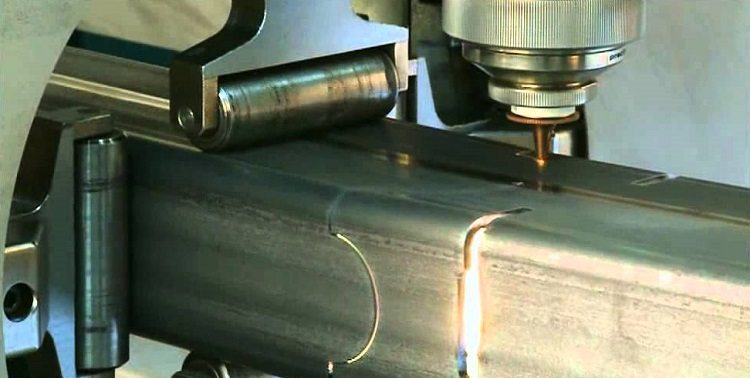
Profile seamless pipes are formed using rollers on special equipment, and the necessary holes in them are cut with a laser
Pipes must undergo a verification test before they go on sale. This concerns mainly electric-welded products: the tightness of the seam is checked. The control passes in two stages, the first of them is visual, the second is verification by eddy current flaw detection.
Square and rectangular profile pipe: technical specifications and assortment
The main assortment of square and rectangular profiles is presented in the standard GOST 30245-2003. Technical specifications and rental requirements are presented in GOST 13663-86. According to the document, products of square section are produced within 50-300 mm in size of the wall. The most used lengths of square and rectangular profiles are 6 and 12 m.
Another indicator of the assortment of a profile pipe is the thickness of its wall. A thick-walled pipe is characterized by a wall thickness of at least 10% of the diagonal. The larger the side size of the profile, the thicker the size of the wall.
A square (rectangular) cross-section seamless pipe is used when increased demands on structural strength are set. It is believed that a profile square seamless pipe can withstand loads 10-15% higher than a welded profile. Thick-walled seamless products are not produced, especially large wall thickness is not provided.
Oval profile pipe: technical specifications and assortment
GOST 8642-68 speaks about the main provisions on the production of oval profile pipes. This document defines the assortment and technical requirements (with reference to GOST 13663-86) to this type of professional pipes.
The oval pipe is available with a size range from 6 mm in width (A) and from 3 mm in height (B) to 90 mm (A) at 32 mm (B).The assortment also includes oval pipes with a maximum height (B) of 50 mm and a width (A) of 80 mm. In the assortment of the profile pipe there are products of special sizes that are available on request. These data are presented in the table.
Table 1
| Size A, mm | Size B, mm | R mm | R mm | Section area, cm2 | Nominal Weight, 1m / kg |
| 17 | 6,6 | 1 | 19,79 | 0,36 | 0,284 |
| 72 | 22 | 1,5 / 1,7 | 107,19 | 2,35 / 2,65 | 1,83 / 2,07 |
The oval pipe is seamless, as well as electrically welded cold drawn. Its characteristics do not differ from the rental of any other form. Products of oval cross-section come on sale in segments of measured (3-13.5 m) or unmeasured length (1-13 running meter). The oval pipe is in a higher price category, which affects the volume of its production.
The use of shaped pipes
The scope of the profile pipe is very diverse.
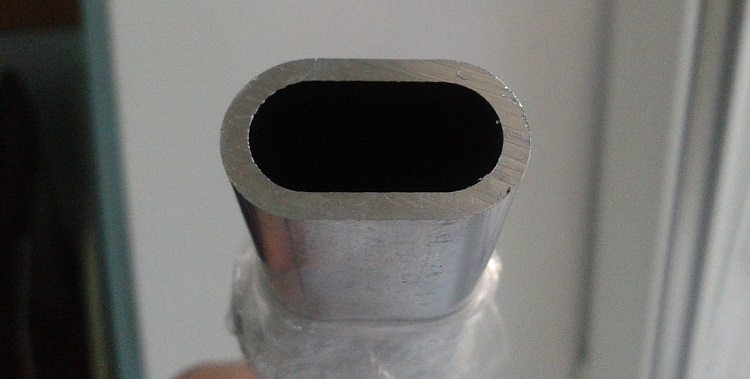
The use of shaped pipes depends on their diameter and wall thickness: products of small sizes are often used in the furniture industry
The main directions will be as follows:
- all types of construction. Profiles in both private and industrial construction are in demand. Profile thick-walled pipe is used as a frame for many large-sized buildings, and a thin-walled professional pipe is more often used for garden and temporary buildings;
- mechanical engineering, shipbuilding. In the construction of subtle mechanisms, a particularly thin-walled steel pipe was found to be used, sometimes in an oval shape;
- design and decoration. A product such as an oval pipe performs mainly a decorative function. The profile galvanized oval pipe may be an element of furniture or a segment for decorative railings. In general, any thin-walled professional pipe can become part of the interior or an element of furniture design;
- gutter systems. This item is more relevant for thin-walled aluminum profile pipes. Also in this area, plastic profiles have found their application.
The types of metal profile pipe are not the only names that modern manufacturers can offer. The plastic profile pipe has received widespread use. A thin-walled pipe made of polymeric materials is used as a sheath for wires (cable channel).
Profiled pipes produced in accordance with state standards can maintain their original qualities for a sufficiently long time. Their use is justified in any, even in the most extreme conditions.
